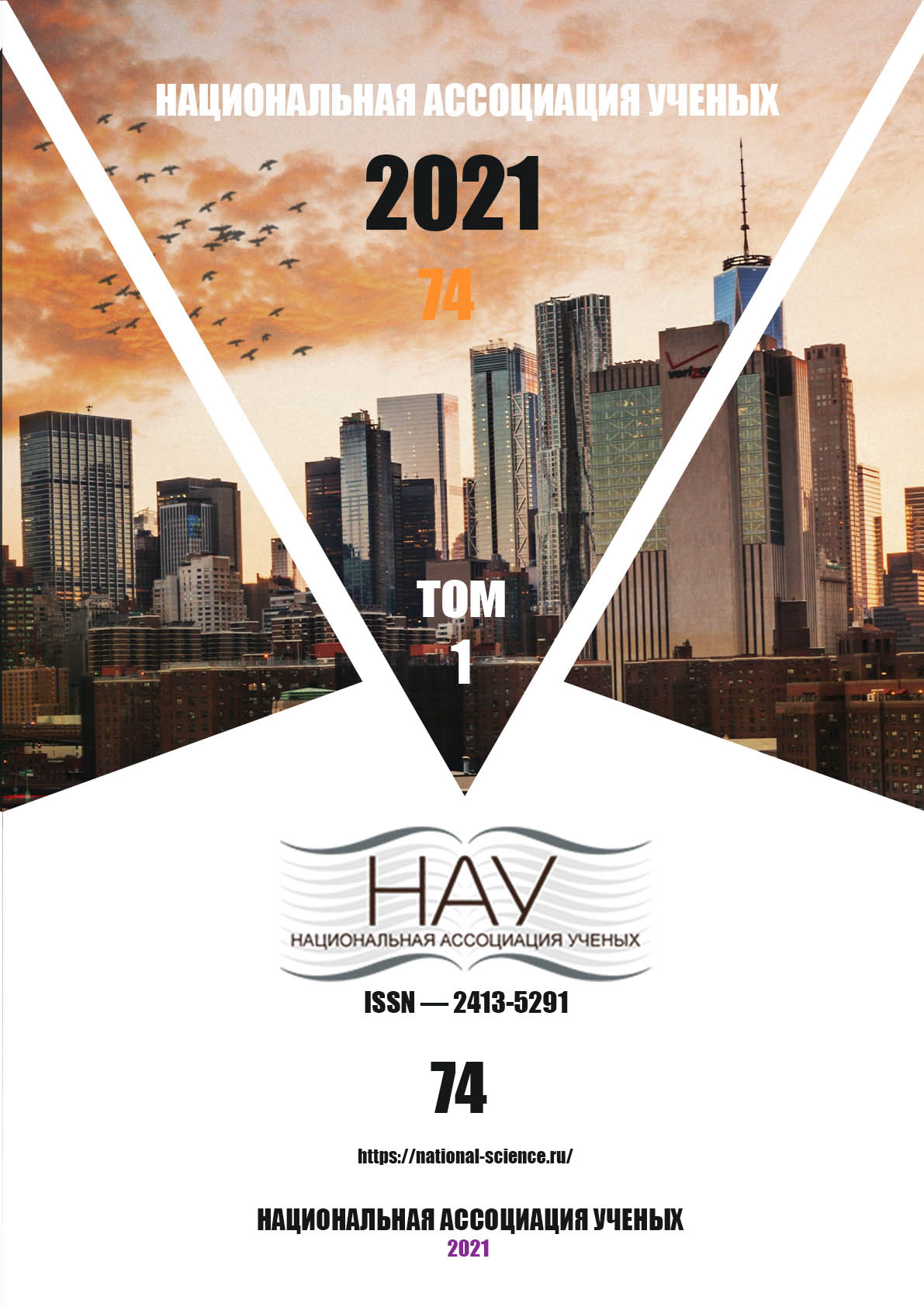ВЕРОЯТНОСТНЫЙ ПОДХОД К ОЦЕНКЕ ЗАЩИЩЁННОСТИ ИНФОРМАЦИИ ОТ УГРОЗ
DOI:
https://doi.org/10.31618/nas.2413-5291.2021.1.74.515Ключевые слова:
оценка угроз информационный безопасности, качество, вероятностный подход.Аннотация
Общеизвестно, что основная цель защиты информации – обеспечение заданного уровня её безопасности. Заданный уровень безопасности информации характеризуется состоянием её защищённости от угроз, при котором обеспечивается допустимый риск её уничтожения, изменения, хищения, а также блокирования.
Риски зависят от уровня инженерно-технической защиты информации
(ИТЗИ), который определяется ресурсами системы. Чем больше ресурс на защиту информации, тем выше уровень безопасности. При неограниченном ресурсе можно получить сколь угодно малую вероятность реализации угрозы.
Библиографические ссылки
Gromov, Ju.Ju. Informacionnaja bezopasnost' i zashhita informacii: Uchebnoe posobie / Ju.Ju. Gromov, V.O. Drachev, O.G. Ivanova. — St. Oskol: TNT, 2017. - 384 c.
Zapechnikov, S.V. Informacionnaja bezopasnost' otkrytyh sistem. V 2-h t. T.2 — Sredstva zashhity v setjah / S.V. Zapechnikov, N.G. Miloslavskaja, A.I. Tolstoj, D.V. Ushakov. — M.: GLT, 2018. — 558 c.
Chipiga, A.F. Informacionnaja bezopasnost' avtomatizirovannyh sistem / A.F. Chipiga. — M.: Gelios ARV, 2017. — 336 c.
Shan'gin, V.F. Informacionnaja bezopasnost' komp'juternyh sistem i setej: Uchebnoe posobie / V.F. Shan'gin. — M.: ID FORUM, NIC INFRA-M, 2013. — 416 c.
Antonjuk L.Ja., Semisoshenko M.A. Adaptivnaja radiosvjaz' v sistemah svjazi special'nogo naznachenija // Jelektrosvjaz', 2007, №5, S. 17-20.
Загрузки
Опубликован
Выпуск
Раздел
Лицензия

Это произведение доступно по лицензии Creative Commons «Attribution-NoDerivatives» («Атрибуция — Без производных произведений») 4.0 Всемирная.
CC BY-ND
Эта лицензия позволяет свободно распространять произведение, как на коммерческой, так некоммерческой основе, при этом работа должна оставаться неизменной и обязательно должно указываться авторство.





